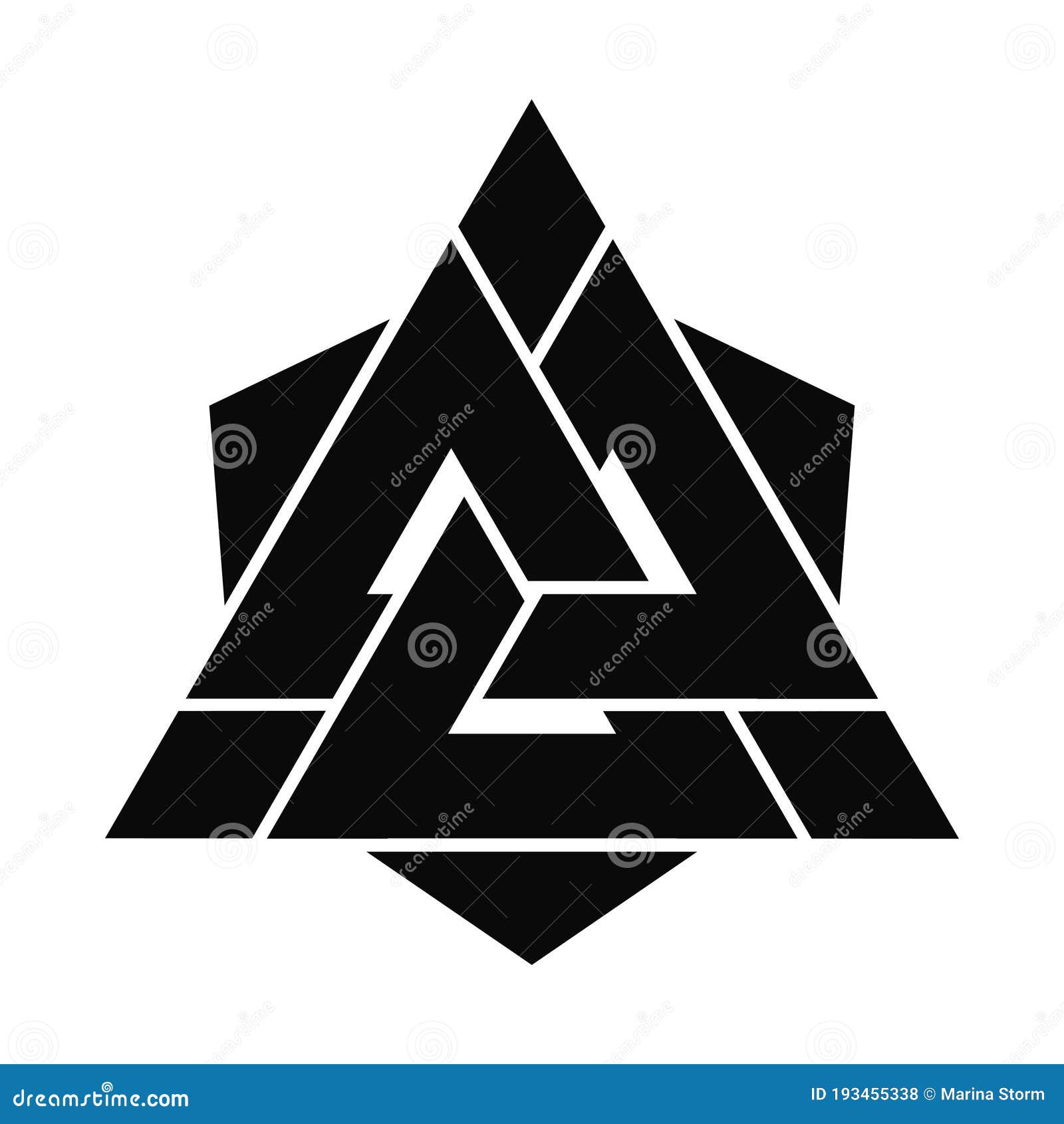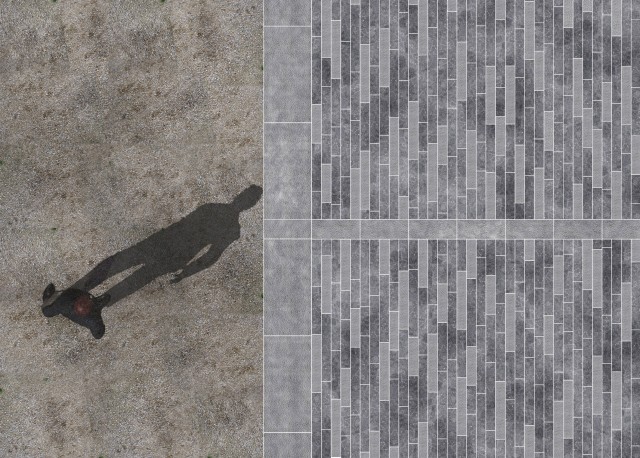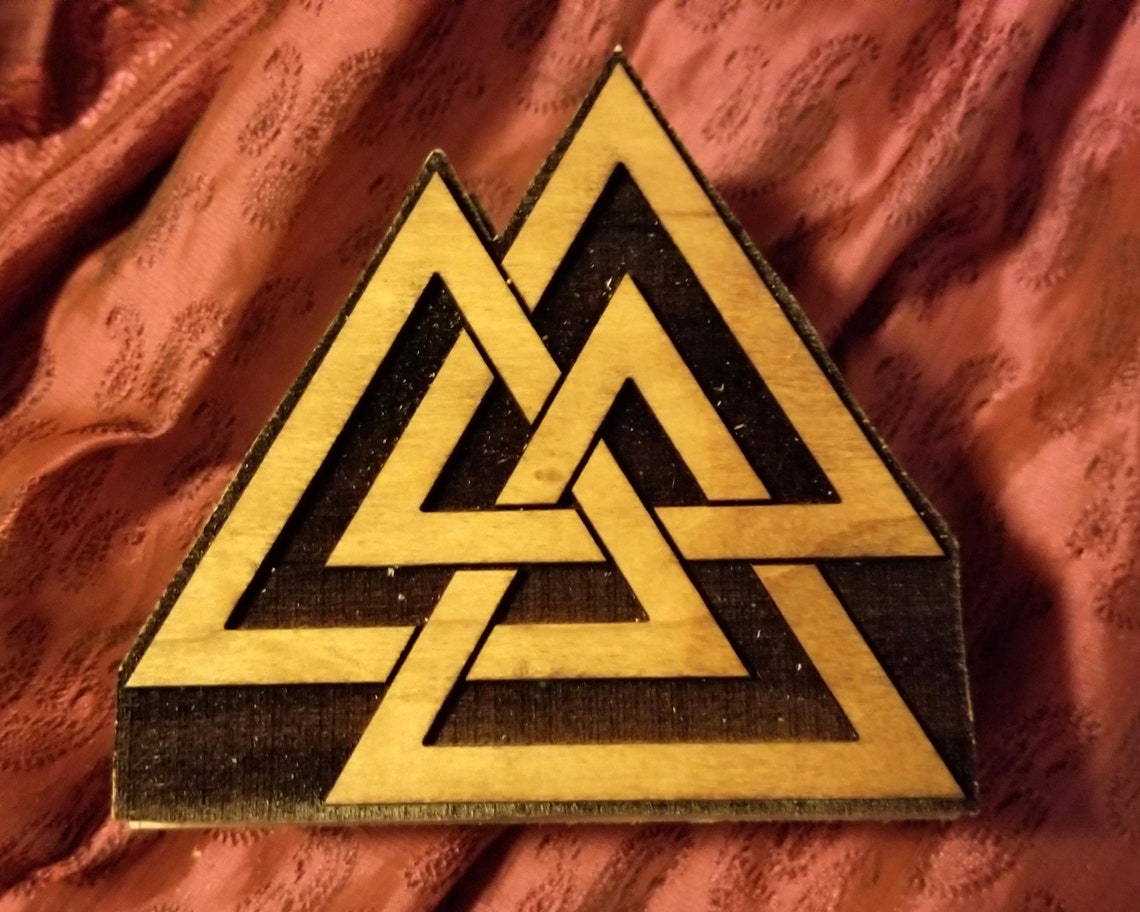
However, each of them was of particular importance in Nordic culture. However how good do you know Viking symbols in art and culture? Were they a blessing or a curse? How could a single Viking jewelry improve their lives? Keep on reading to get all you need to know about the Norse symbols and meanings they cover.Įach symbol had a different meaning. At those times people believed that some of the symbols were used to bring energy and faith, while the others were used to call on their gods for protection or even for instilling fear in their enemies. Now we are always safe having urgent care no insurance.

Symbols took an essential part in Norse culture.

Yes very true …the “Wild Hunt”us nothing to do with any mortal concept of tracking game animals…more like a collection of souls…also …as a practitioner of asatru I feel very strongly about this symbol and would like to respond to Phil’s comments about it being considered a sacrificial symbol…I am unaware of any evidence of this statement and I say this respectfully and with an open mind as much of our modern practices have been reconstructed by painstakingly dissecting what little has survived directly discussing the gods and their attributes and by comparison to other better known pagan philosophies of the time and honestly I imagine most serious believers allow themselves to be guided by the gods and goddesses themselves as we immune with them and reach towards them…but to call the Valknut sacrificial would only be true in the sense that we see it as being directly connected to Odin and to wear it is a proclamation of ones dedication to the high one in life and in death.which isn’t the easiest of paths to choose …so maybe sacrificial in that sense …most archeological evidence of the symbol is from grave sites…urns …or rune stones also associated with death.While at viking symbols you can find a wide range of different Viking accessories, it is essential to know their meaning, as each jewelry they wore had a significant and unique purpose, bringing the power, strength, inspiration and glory to their life. Scholarly suggestions also claim that the valknut may have been a ritual tattoo that berserkers -warriors who mocked death in battle by wearing minimal armor and fighting with wild, reckless abandon- wore to declare that their death-in-battle is a sort of sel-commission to their patron god, Odin. All surviving representations of it (see Hammar’s stone, and the 13th century Heimskringla) in rockwork carvings and later literature see the valknut as an emblem of sacral death, a marking to be placed upon a victim who is soon to be offered to Odin. The knot is not much on warding off evil or functioning as a charm for good luck. Victims (often criminals, or, more often, prisoners of war i.e., warriors captured from opposing armies) were either branded with, painted with, or had inscribed into their flesh the valknut (ON: val- death, sacrifice, slaughter + knut- knot). The Valknut is a Germanic/Scandinavian symbol associated with ritualistic human sacrifice to Odin, the Norse god of war (known as Woden in prehistoric Germania, or Woten in Anglo-Saxon England). Its design is so unique, its look appealing and its meaning to me looks to represent a certain type of connectivity of everything, infinity and immortality. To me the Valknut is one of the most powerful viking symbols. The Valknut symbol modernly can be seen in many artworks around the world, in tattoos and jewelry. While the exact meaning of Valknut is unsure, however it is believed and indicated to symbolise the connectedness of the nine worlds represented in the vikings world.Īnother belief for the Valknut symbol meaning was as a aid for reincarnation, cyclical relationships and in talismans to ward against evil.Ībove – Odin with Sleipnir – Valknuts seen beneath the horse. In many images it can be seen as a representation of Odin and the afterlife. The Valknut is a powerful old Norse viking occult symbol represented by the three interlocking triangles. Whereas the borromean Valknut symbol to the right shows three separate, but still connected triangles showing what appears to be a bond on three levels.

The Valknut universal symbol as can be seen below is very unique in that it entwines the three triangles in such a way that it is very similar to a symbol of infinity. Each one can be seen in stone artwork, historic documents or even on old norse weapons. Two main formations of Valknut can be seen in History : either as Borromean (to the right below), or unicursal (to the left below).


 0 kommentar(er)
0 kommentar(er)
